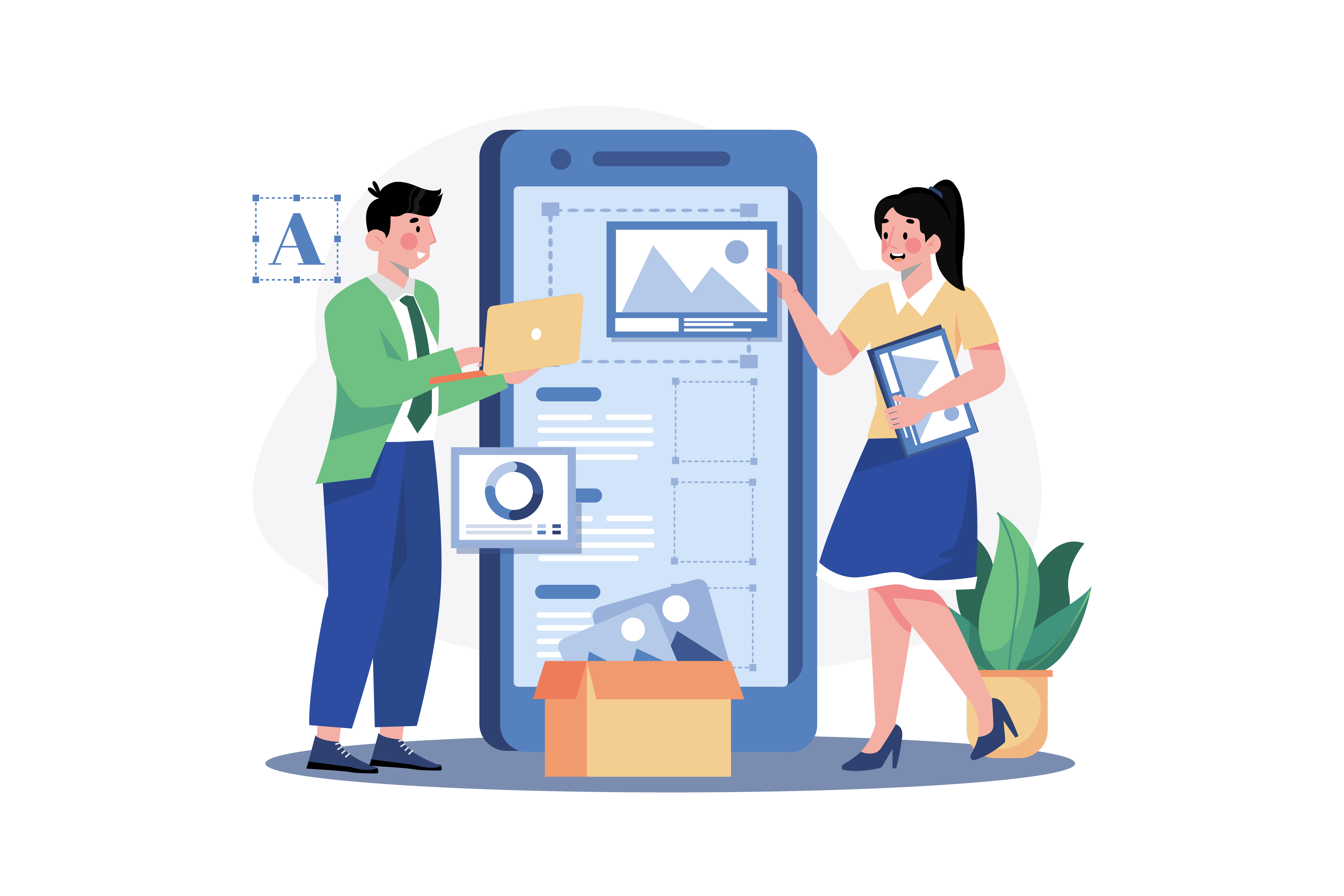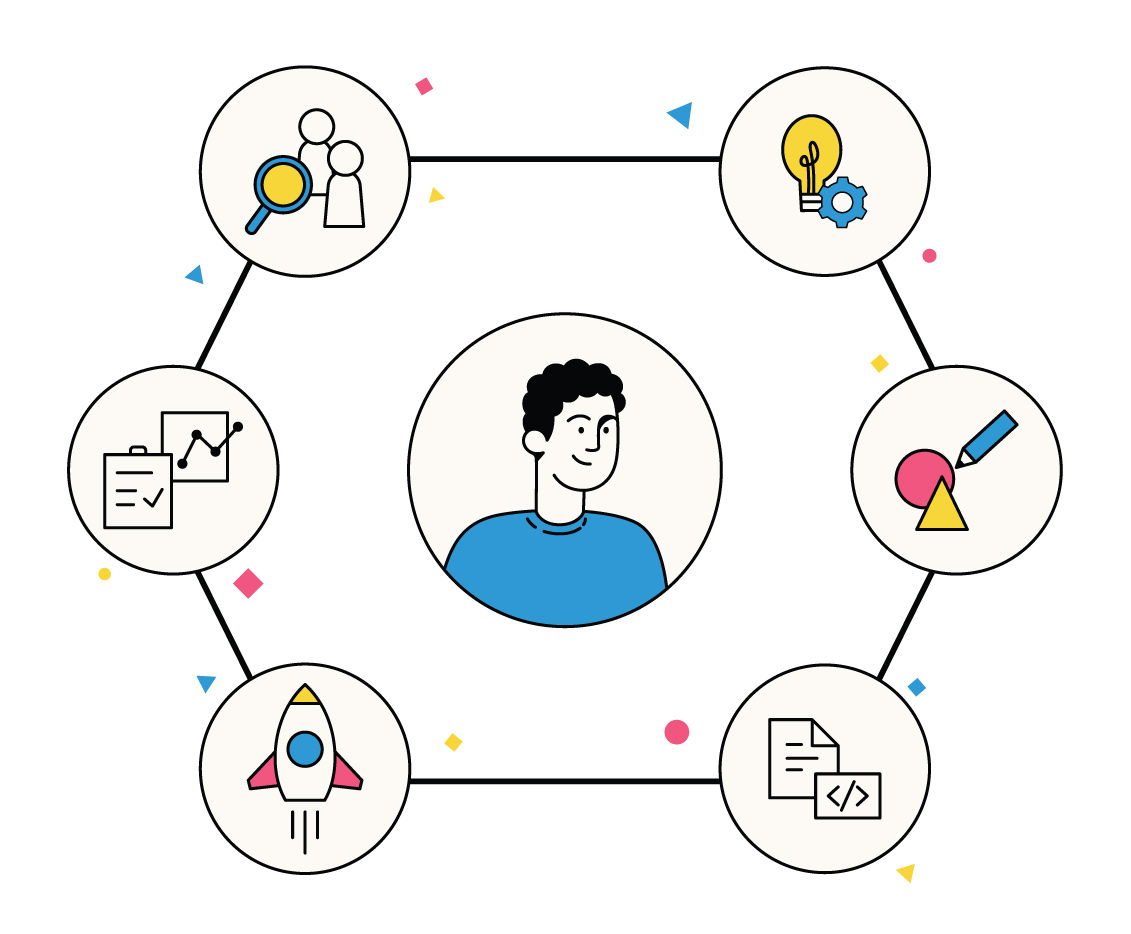
Have you ever felt a surge of excitement when opening a beautifully designed app, or a sense of calm when entering a thoughtfully curated space? That’s the power of emotional design in action. By going beyond aesthetics and considering the emotional impact, designers can craft experiences that resonate with users on a deeper level.
Why Emotions Matter in Design
Think of emotions as guides in our decision-making process. They influence how we perceive the world around us and how we interact with it. A design that evokes positive emotions creates a memorable experience, making us more likely to engage with a product, brand, or space.
Here’s how emotional design fosters positive user responses:
- Stronger Bonds: Emotional connection builds trust and loyalty. A design that resonates with our values and aspirations makes us feel understood, fostering a positive relationship with the brand or product.
- Enhanced Memory: Experiences tied to emotions leave a lasting impression. Positive emotions act as anchors, making us more likely to remember a product or service.
- Motivated Action: Emotions can compel us to take action. A website that evokes feelings of excitement might encourage a purchase, while a calming app interface might inspire us to stick to a meditation routine.
The Emotional Design Toolbox
Designers have a variety of tools at their disposal to create an emotional response:
- Color Psychology: Colors have inherent emotional associations. Warm colors like reds and oranges energize, while cool colors like blues and greens promote tranquility. Read more about the emotional effects of popular colors here.
- Typography: Fonts can convey personality. Playful scripts might evoke a sense of whimsy, while elegant serifs suggest sophistication.
- Imagery & Storytelling: Compelling visuals and narratives can create a strong emotional connection. Images that tap into our desires or evoke nostalgia can be powerful tools.
- User Experience (UX): A smooth and intuitive user experience fosters feelings of satisfaction and accomplishment. Conversely, a frustrating experience can lead to anger and disengagement. Read more about how to understand users for flawless UX design here.
Understanding Your Audience
The key to successful emotional design lies in understanding your target audience. Who are you designing for? What are their needs, values, and aspirations? By tailoring the design elements to resonate with their emotional landscape, you create a more impactful experience.
The Takeaway
Emotional design is a powerful tool for creating positive user experiences. By understanding the psychology of emotions and using design elements strategically, you can forge deeper connections with your audience and leave a lasting impression. So next time you’re designing something, consider the emotional journey you want to create. By tapping into the power of feeling, you can design experiences that resonate on a human level.



